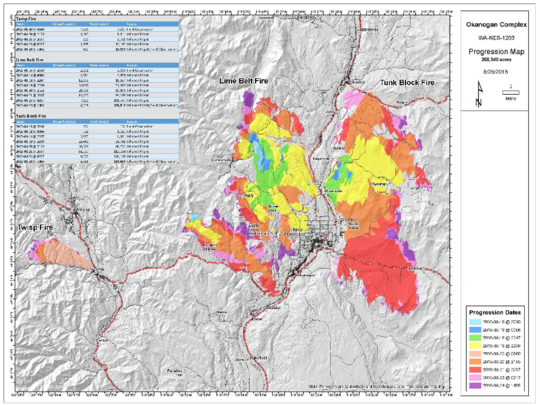State Supreme Court sets stage for showdown with lawmakers
Sen. Mike Padden sent this bulletin at 08/26/2015 02:45 PM PDT
 After legalization, marijuana becomes growing traffic safety concern
 Reminder to abortion providers: state law protects any infant born alive
Undercover videos from the Center for Medical Progress have led to serious allegations against abortion providers in other states – that they are engaged in horrifying practices which are also illegal and unethical, all in an effort to sell fetal body parts to third-party companies which profit from reselling those parts for research.
This year our Senate majority successfully fought back efforts by House Democrats to increase health care-related funding that can find its way to Planned Parenthood; had these videos been released while the Legislature was in session, we surely would have been able to prevail sooner.
The undercover videos are still important, though, because Planned Parenthood and other abortion providers in our state have longstanding arrangements with publicly funded research institutions, including the University of Washington. This week I called their attention to my expectation that their practices and agreements will be in compliance with state law.
In particular, I reminded them how a state law created during my first session in the Legislature protects fetuses that have a heartbeat, are moving, or otherwise are showing signs of life outside the womb. RCW 18.71.240, a portion of the law governing the conduct of physicians, guarantees that infants born alive through an abortion procedure have the same right to medical treatment as an infant of the same gestational age that is born prematurely.
Because this state law has been in place nearly 35 years, it is possible that those performing abortions are either unaware of it or have moved away from compliance because of the profit motive.
Extending life: Earlier this month a 56-year-old man walked into the intensive-care unit at a Federal Way hospital to prove a point about “pulling the plug.” His first visit to the hospital had come on a stretcher a year earlier, after a massive heart attack which stopped his heartbeat for more than 25 minutes. Doctors gave the family a grim prognosis: the man had blockage in all his arteries and would require a six-way bypass, he had a history of congestive heart failure and stroke, he had entered end-stage kidney failure, his lungs were filled with fluid, and he required a feeding tube.
His wife was advised three times to end life support for her husband; she said no, as did their adult son who was taken aside by a doctor in an attempt to influence her. After a renowned surgeon from another hospital took on the case and conducted more tests, he reported that the man’s heart had “re-routed itself.” Open-heart surgery was no longer needed! When the man returned to the hospital a few weeks ago to showcase his recovery, it was with only a cane for assistance.
I believe this story because it came recently from the man’s wife: Esther Ripplinger, who served as my legislative aide during the 2015 session. Stories like hers, about how a person’s life can be extended despite a dire medical outlook, have to be taken into consideration when the Legislature debates measures such as this year’s Senate Bill 5919, which would change our state’s assisted-suicide law.
 Record wildfires likely to draw legislators’ attention The Okanogan Complex of fires is the largest in state history, exceeding last year's record-setting Carlton Complex fire; that's U.S. Highway 97 from Okanogan to Tonasket running north-south between the two large patches of color, which chart the daily growth of the fires.
With wildfires raging in north central Washington I was asked recently about the wildfire history in our part of the state. I recalled how as a member of the House of Representatives in October 1991, I had joined then-Gov. Booth Gardner for a helicopter flight over an area of Spokane County hit by a firestorm. That blaze would ultimately cost two people their lives and destroy 100-plus homes in eastern Washington and western Idaho, including some 65 homes in Chattaroy and at least a dozen more in the Ponderosa area of the Spokane Valley.
Knowing the damage and disruption that fire caused nearly a quarter-century ago, I cannot imagine what things were like for those affected by last year’s Carlton Complex fire or what are the largest of this year’s wildfires, so far: the Chelan Complex, North Star and record-breaking Okanogan Complex fires. We are all saddened by the loss of three firefighters’ lives this past week and the severe injuries to others, on top of the widespread, demoralizing property damage and economic setbacks.
The Legislature always addresses wildfires through the budget process – for instance, the adjustments we make next year to the new two-year budget will reflect the costs of fighting this year’s wildfires. However, I expect there also will be discussions about forest and water management. The Legislature cannot control the drought or the lightning but we may have some say about the amount of fuel that is available to burn in the forests.
* * *
 |




